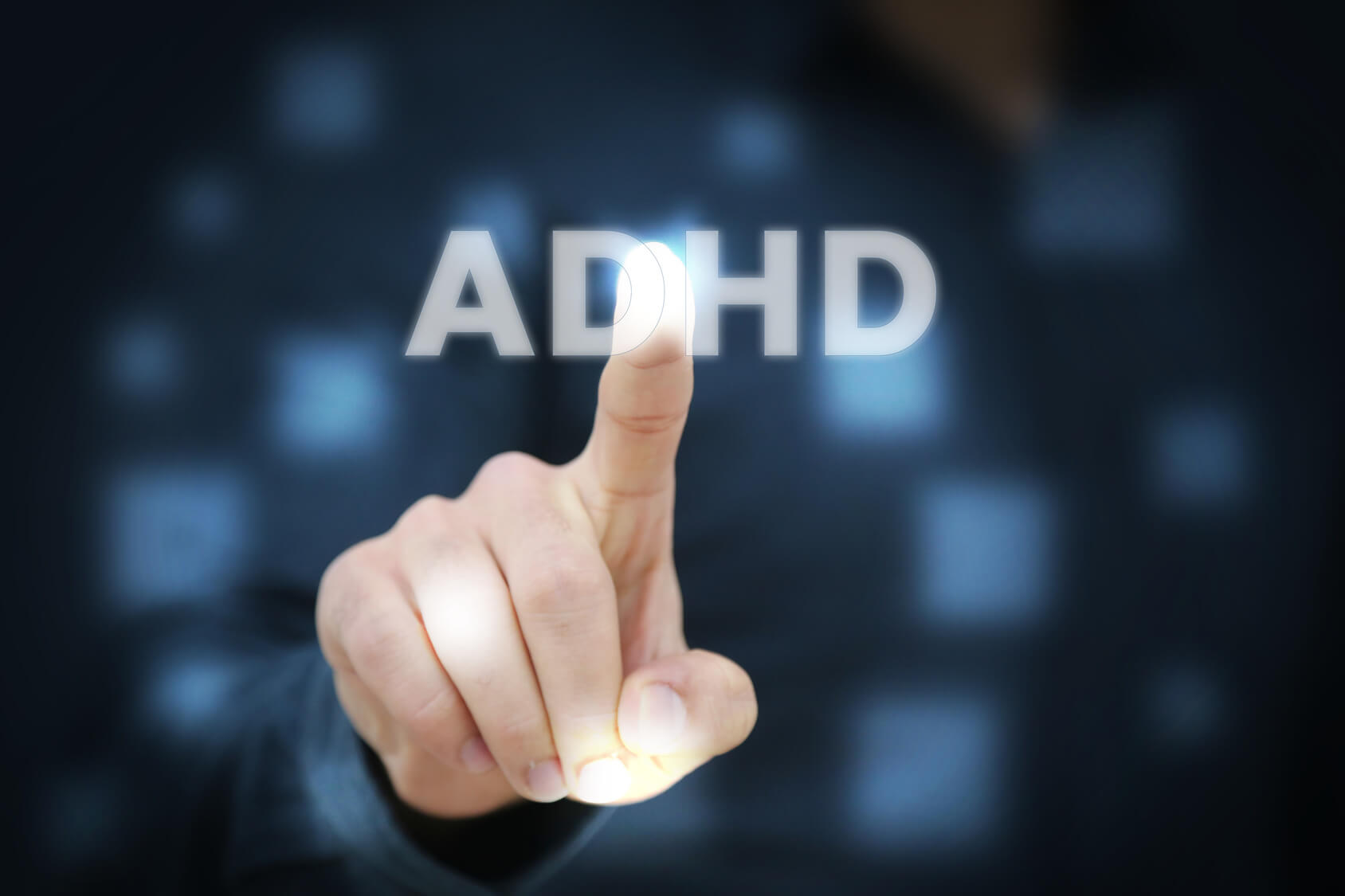ADD and ADHD are on the rise in America with more school-aged children then ever before receiving a diagnosis. The statistics are impossible to ignore. According to the CDC, 11% of children between the ages of 4 and 17 were diagnosed with ADD/ADHD in 2011. That was up from 9.5% in 2007, and 7.8% in 2003. The cause of the rise in cases of ADD and ADHD isn’t clear, but what is clear is the effect it’s having on the American classroom. Teachers are finding classroom management difficult while dealing with the shorter attention spans, and the need to adjust lesson planning and assignments to accommodate the wide variety of learning styles. While we can’t do anything about the presence of ADD and ADHD in our classrooms, we can work towards making the classroom a productive environment for all children. Here are some tips that can be implemented by teachers, parents, school administrators, and students.
- Build a support system. Everyone involved in the management of ADD and ADHD needs support. Teachers need help maintaining a productive learning environment while meeting the needs of all the students. Parents need support in ensuring that their child is getting the education they need. Students with ADD or ADHD need support in managing the condition while feeling supported and listened to. Rather than “going it alone”, the teacher/parent/student team can be a powerful force towards creating a harmonious learning experience. Parents of children with ADD/ADHD should have a plan of action in place, created with the teacher, and incorporating the recommendations of the child’s doctor. After an initial plan is created, keep an open channel of communication throughout the school year to ensure that the child’s needs are being met.
- Talk and listen to the child. As children get older, they are able to play a more active role in managing their diagnosis. If a child is having difficulty with a particular part of the day or activity, ask what he or she needs to be able to participate productively. When creating IEPs, or classroom management strategies, the child is often left out of the discussion leading them to feel ignored. Not only can this exacerbate behavioral issues, but it’s leaving out one of the best sources of information regarding effective behavioral management strategies, the child! Children are very intuitive and can often guide educators and parents in determining how to best address their needs.
- Don’t be afraid to ask for help. An overwhelmed teacher cannot effectively educate students. An overwhelmed parent will have a hard time meeting their child’s needs. An overwhelmed child will most likely express frustration though disruptive behavior and emotional outbursts. Compile resources, in the school, and the community for teachers, parents, and children to turn to in the event that additional help is needed.
- Provide structure. All children benefits from structure, but children with ADD or ADHD in particular need it to refer to when they become distracted. They are often unable to create their own structure, so having one in place is a valuable tool in school and at home.
- Create a schedule. Again, this is something all children can benefit from, but for children with ADD or ADHD, having a written and posted schedule gives them something to refer to get back on track. Post a schedule prominently in the classroom and at home, and also provide the child with a personal copy. When the child becomes distracted or begins to act out, refer him to his schedule.
- Set limits and boundaries. Create a simple list of rules and boundaries that all children must comply with. Examples are ‘keep your hands to yourself’, or ‘quiet voices indoors’. Be firm but calm in enforcing the rules. Consistency in this area will help children with ADD and ADHD learn to manage their behavior through understanding consequences.
- Create a quiet zone. Some times children with ADD or ADHD can become overwhelmed with all the sensory input in their environment. If you have the space, create a quiet corner in your classroom. Have a chair or some pillows or cushions, a few books, and a plant or other calming imagery. Make the children aware that if they begin to feel overwhelmed, this is a place they can go to take a few quiet breaths and calm down.
While more children today are being diagnosed with ADD and ADHD, it doesn’t have to affect the quality of education they receive. When parents, teachers, and students work together all children can have a rewarding experience at school.
Please contact us for more on creating a quality learning experience for your child.


